What Is a Mixed-Use Property? A Guide to the Residential-Commercial Hybrid
What is mixed-use property, and what do home hunters in New York City need to know about it?

Mixed-use properties on Atlantic Avenue in Boerum Hill. Photo by Christopher Bride for PropertyShark
Home hunters in New York City may occasionally encounter a confusing property type: the mixed-use building.
Mixed-use properties are a common sight in Brooklyn. Think of a small storefront building with apartments above and retail below. That’s one example.
A quick definition of a mixed-use property
A mixed-use building is a type of a commercial property that includes both commercial and residential space.
In addition to the aforementioned storefront, another example home hunters are likely to encounter is a single-family property with a ground floor doctor’s office. (Big apartment buildings with retail or office space are also mixed-use properties.)
In the vast majority of mixed-use properties, the residential portion takes up more square footage than the commercial portion.
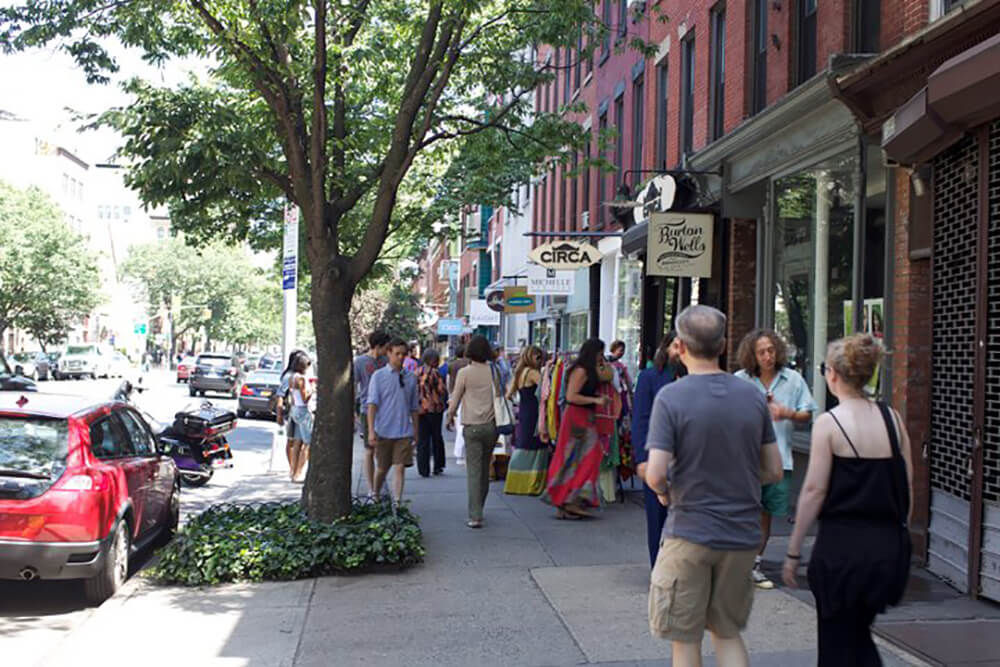
Things to know before buying a mixed-use property
Potential buyers should be aware that changing a building’s certificate of occupancy from commercial to residential is not easy.
There have been cases when buyers failed to inspect the certificate of occupancy and did not realize until after purchasing a building that it was commercial. Be sure to check it before buying any property.
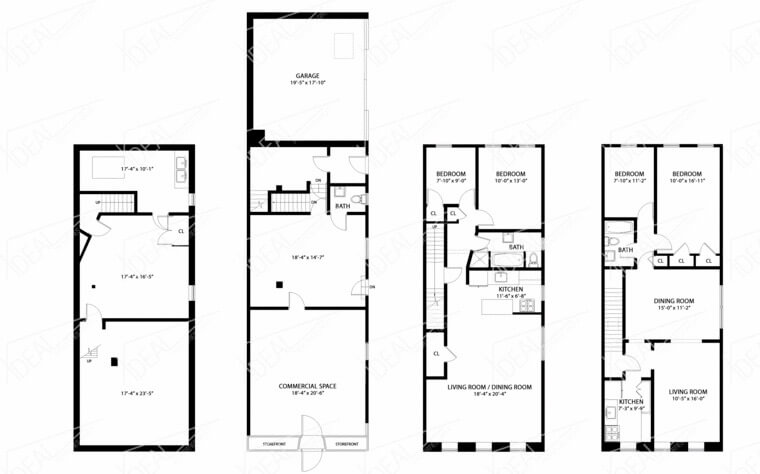
The advantages and disadvantages of buying a mixed-use property
In the case of a mixed-use property, “You’re dealing with a business so it’s a different kind of responsibility,” Citi Habitats commercial property broker Chris Havens told Brownstoner regarding one of the biggest differences between mixed-use and residential landlords. According to Havens, the advantages of renting to a business are a longterm lease (meaning you don’t need to worry about fast turnover), that businesses are typically not there at night and that a business will likely be a good set of eyes to have on the block and community. Meanwhile, disadvantages are that a business is harder to evict, and food-based tenants bring in a whole host of other issues as well.
Another disadvantage is that financing a mixed-use property can be challenging, and borrowers sometimes look to commercial lenders. “Many borrowers do not realize that the government offers low-down payment options for purchasing mixed-use properties, as long as they adhere to specific criteria,” mortgage loan originator Adam Dahill of Loan Depot told Brownstoner. Both Fannie Mae and FHA allow mixed-use loans. For example, FHA offers financing for both single-family and two- to four-unit mixed-use properties, as long as at least 51 percent of the building is residential.

Where to find a mixed-use property
Mixed-use properties are common in Manhattan and along major commercial strips in Brooklyn, such as Atlantic Avenue, Franklin Avenue, Court Street and Smith Street. In such areas, commercial storefronts topped with apartments line the streets.
In areas developed in the late 19th century, such as Park Slope and Bed Stuy, large corner apartment buildings with ground-floor retail often bookend residential streets lined with townhouses.
Bay Ridge, Prospect Park South, and Empire Boulevard in Crown Heights are some areas especially known for single-family houses with doctor’s offices on the ground floors.
Related Stories
- Condo or Co-op: Which Is Right for You?
- What Is a Condop? Understanding New York’s Rare Apartment Hybrid
- What Is a Commercial Property? A Prospective Home Buyer’s Need-to-Know Guide
Businesses Mentioned Above
[blankslate_pages id=”X d53a195d2d2094, d5776a6761f394″ type=”card” show_photo=”true” utm_content=””][/blankslate_pages]
Email tips@brownstoner.com with further comments, questions or tips. Follow Brownstoner on Twitter and Instagram, and like us on Facebook.

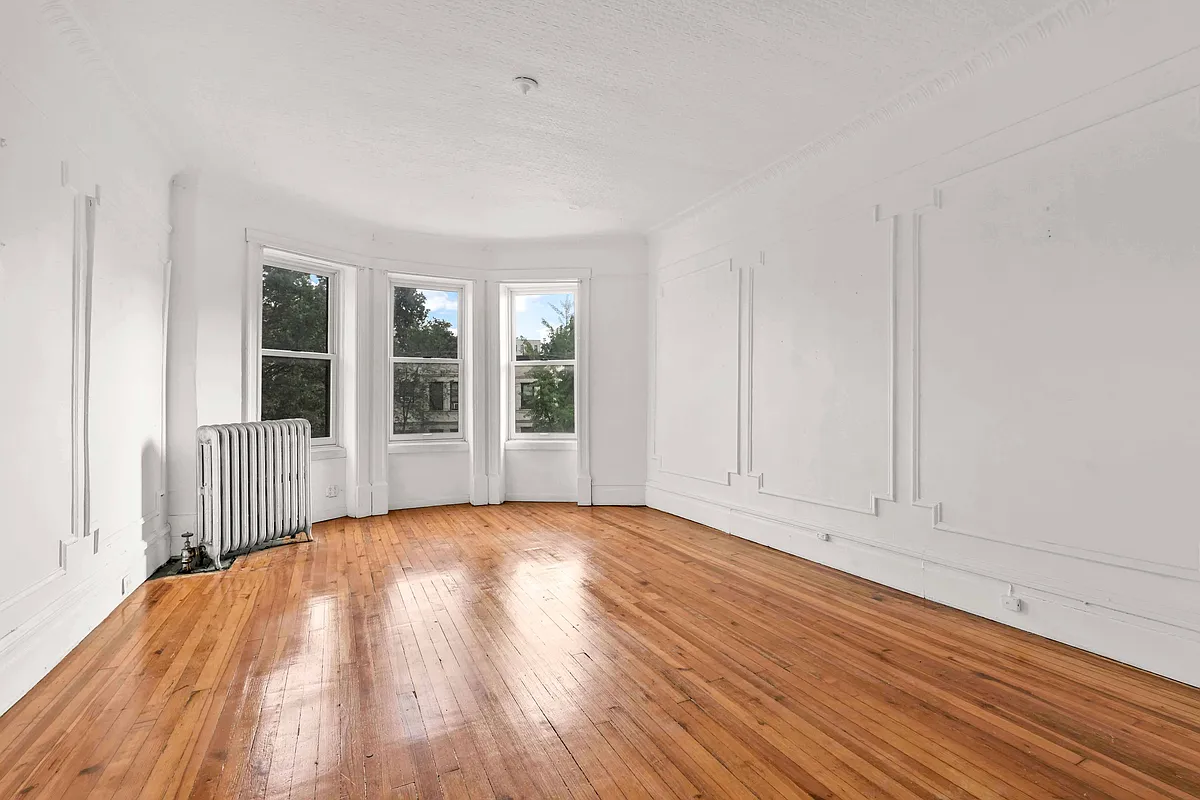
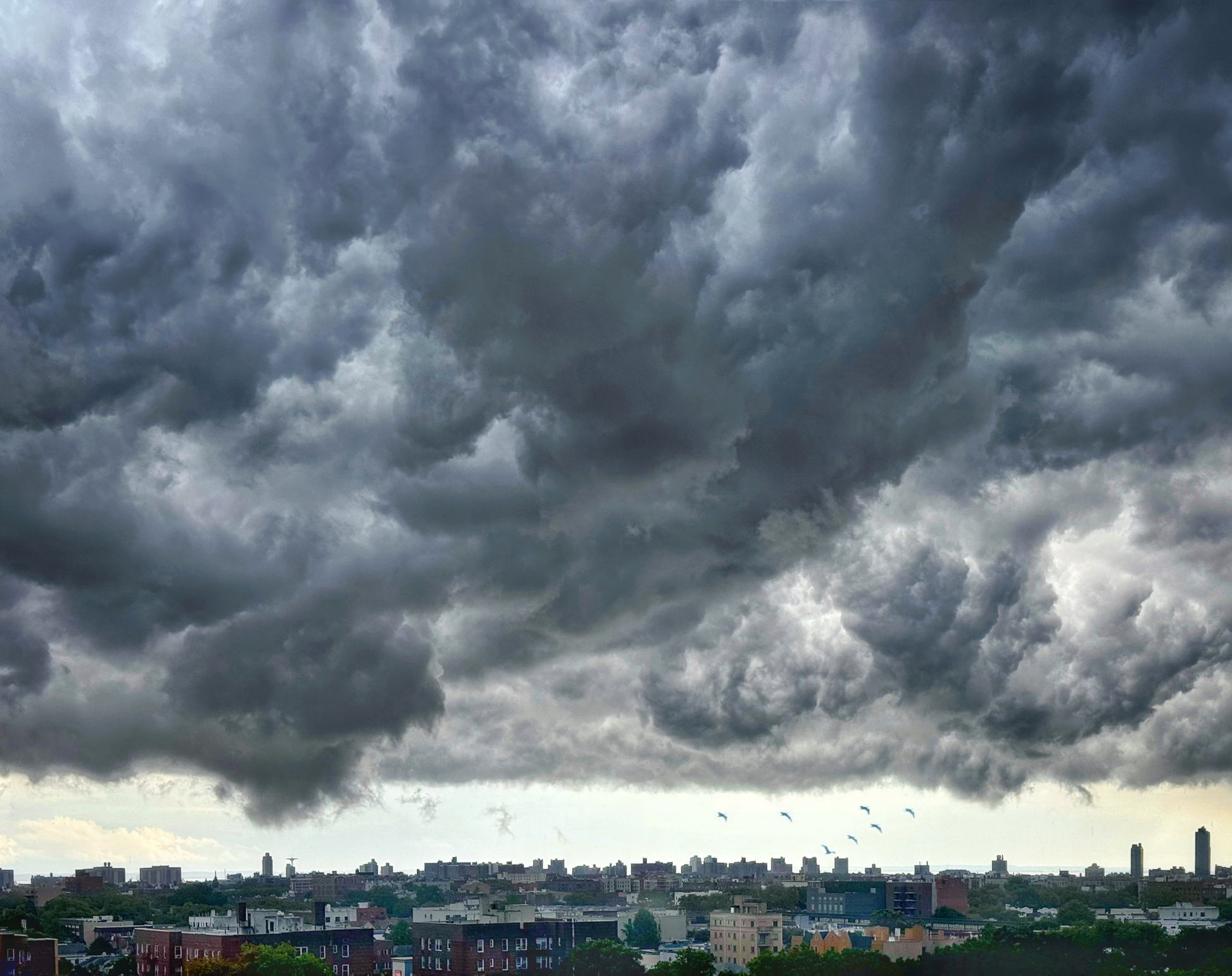

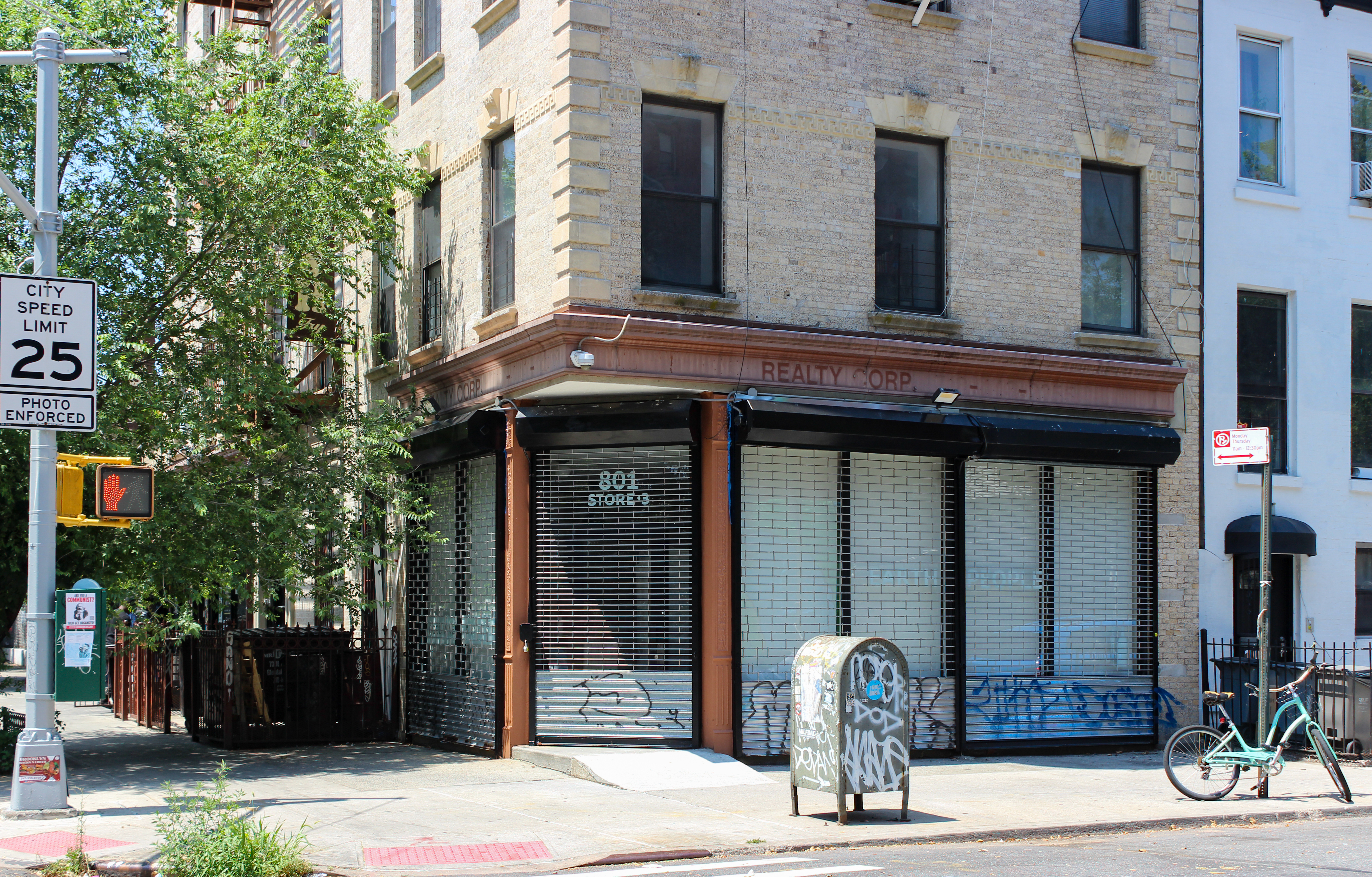
What's Your Take? Leave a Comment